Well Logging Techniques for Accurate Formation Evaluation in Unconventional Reservoirs
Formation evaluation in unconventional reservoirs, such as shale gas, tight oil, and coalbed methane, presents unique challenges due to the low permeability and complex geology of these formations. Traditional well-logging techniques often fail to provide the necessary resolution and accuracy for effective evaluation and development of these resources. Consequently, specialized well-logging techniques have been developed and adapted to address these challenges, providing critical data for optimizing hydrocarbon recovery.
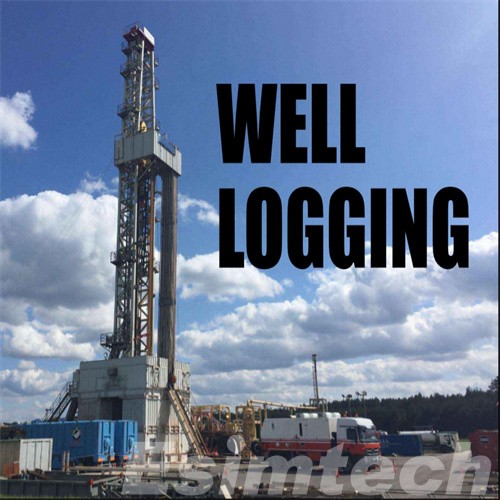
Understanding Formation Evaluation in Unconventional Reservoirs
Unconventional reservoirs, unlike conventional reservoirs, have low permeability and porosity, making hydrocarbon extraction more complex and costly. These reservoirs include shale gas, tight oil, coalbed methane, and gas hydrates. The low permeability often necessitates hydraulic fracturing and other advanced stimulation techniques to enhance production. Accurate formation evaluation in these settings is crucial for designing effective well completion strategies and maximizing recovery.
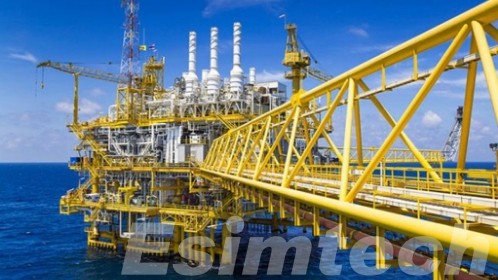
Key Well Logging Techniques for the Formation Evaluation in Unconventional Reservoirs
1. Micro-Resistivity Imaging Logs (MRI)
Micro-resistivity imaging logs offer high-resolution images of the borehole wall, capturing detailed structural information, including natural fractures, bedding planes, and fault lines. This data is crucial in unconventional reservoirs where natural fractures significantly influence fluid flow and production. MRI logs help in identifying fracture density, orientation, and connectivity, which are essential for planning hydraulic fracturing treatments.
2. Nuclear Magnetic Resonance (NMR) Logging
NMR logging measures the magnetic properties of hydrogen nuclei in the formation fluids, providing detailed insights into porosity, fluid types, and permeability. In unconventional reservoirs, NMR logs can distinguish between bound and free fluids, enabling the identification of producible hydrocarbons. This technique also helps estimate total organic carbon (TOC), which is critical for evaluating shale formations.
3. Spectral Gamma Ray Logging
Spectral gamma ray logging differentiates between the radioactive elements potassium, uranium, and thorium in the formation. This differentiation helps assess the clay content and organic richness of the rock. High uranium levels often indicate higher TOC, making spectral gamma ray logging valuable for identifying potential pay zones in shale reservoirs.
4. Dielectric Logging
Dielectric logging measures the dielectric constant of the formation, providing information on water-filled porosity and hydrocarbon saturation. This technique is particularly useful in formations with complex mineralogy, where traditional resistivity logs may be inconclusive. Dielectric logs improve the accuracy of water saturation estimates, leading to better reserve calculations in unconventional reservoirs.
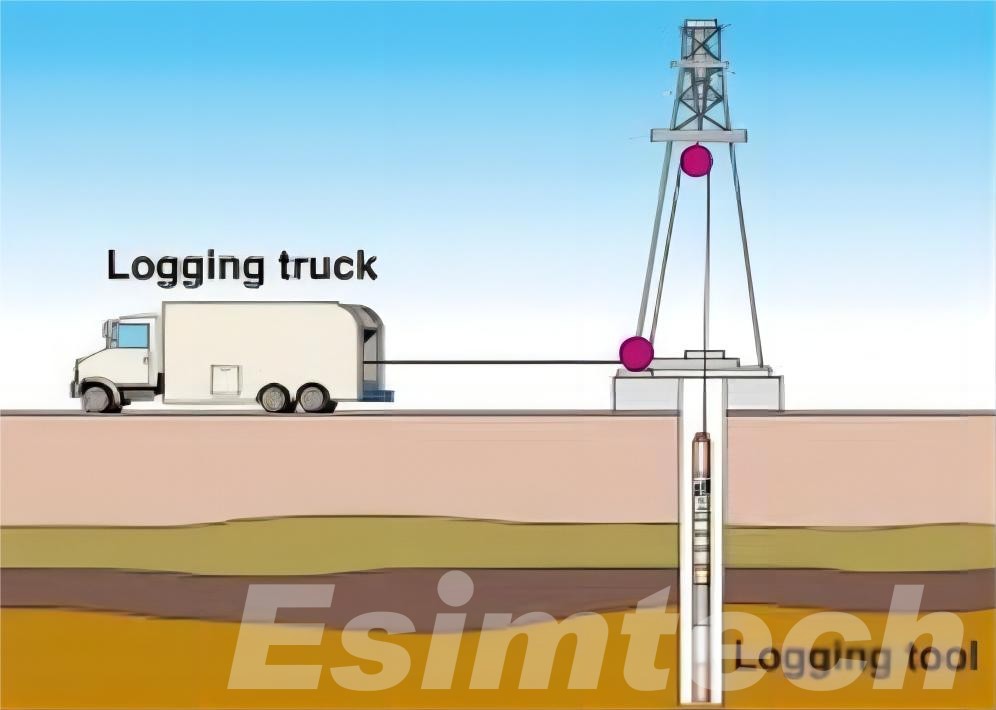
5. Sonic and Ultrasonic Logging
Sonic and ultrasonic logs measure the travel time of acoustic waves through the formation, offering insights into formation stiffness, porosity, and mechanical properties. These logs are used to evaluate rock brittleness and elastic properties, which are crucial for designing effective hydraulic fracturing treatments. They also help identify sweet spots with favorable mechanical properties for stimulation.
6. Geochemical Logging
Geochemical logging involves the continuous measurement of elemental concentrations in the formation, providing a detailed geochemical profile. This profile helps identify the mineralogical composition and organic content of the rock. In unconventional reservoirs, geochemical logs are used to assess source rock quality and locate zones with high hydrocarbon potential.
7. Borehole Imaging Logs
Borehole imaging logs, such as Formation MicroImager (FMI) or Azimuthal Resistivity Imaging (ARI), provide detailed images of the borehole wall, revealing fractures, faults, and bedding planes. Understanding the natural fracture network is critical in unconventional reservoirs, as it significantly impacts hydrocarbon flow and recovery. These logs aid in characterizing fracture systems and optimizing hydraulic fracturing strategies.
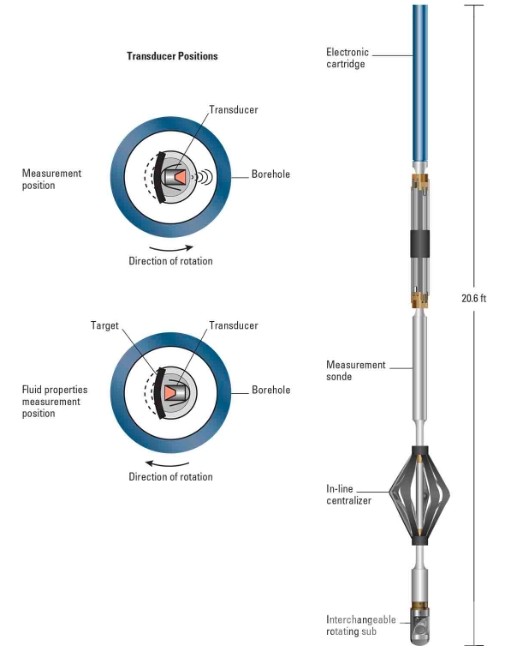
Various Simulation Technologies Used in Conjunction with Well Logging Techniques
Simulation technologies are used to enhance the understanding and interpretation of well logging data. They help integrate various data sets, predict reservoir behavior, and guide decision-making processes.
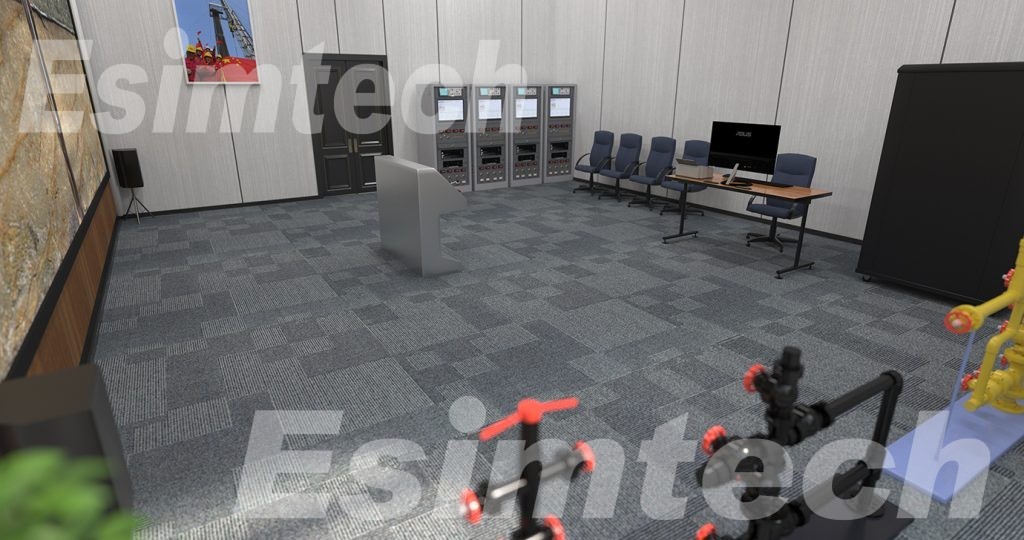
Role of Simulation Technologies in Well Logging
| Simulation Technology | Role in Well Logging | Benefits |
| Finite Element Method (FEM) | Fracture Propagation Modeling Borehole Stability Analysis | Optimizes hydraulic fracturing designs Prevents wellbore collapse and drilling issues |
| Finite Difference Method (FDM) | Reservoir Simulation Heat Transfer Analysis | Enhances reservoir performance predictions Provides insights into temperature distribution impacts |
| Discrete Fracture Network (DFN) Modeling | Fracture Network Characterization Flow Simulation | Identifies high-permeability pathways and optimizes well-placement Improves stimulation designs |
| Computational Fluid Dynamics (CFD) | Multiphase Flow Simulation Erosion and Deposition Modeling | Identifies producible hydrocarbons Optimizes drilling and completion practices |
| Machine Learning and Artificial Intelligence (AI) | Data Integration and Pattern Recognition Predictive Analytics | Improves formation evaluation and decision-making Optimizes reservoir management strategies |
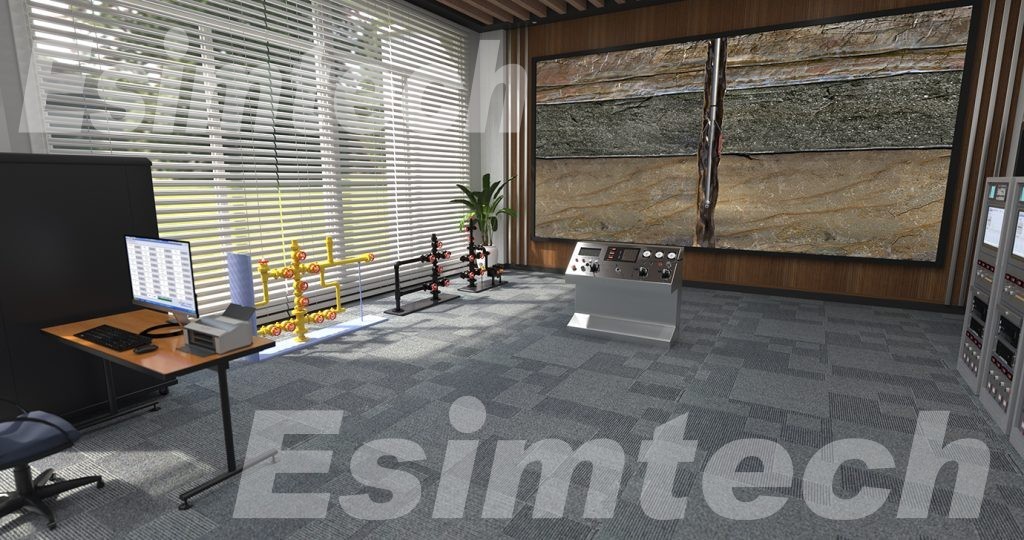
Specific Applications of Simulation Technologies in Well Logging Techniques
1. Micro-Resistivity Imaging Logs (MRI)
- Fracture Network Modeling: Simulations of MRI logs help model the natural fracture network in unconventional reservoirs. These models predict how fractures interact with induced hydraulic fractures, optimizing fracture treatment designs.
- Formation Damage Assessment: Simulations assess potential formation damage around the borehole, guiding drilling and completion practices to minimize adverse effects.
2. Nuclear Magnetic Resonance (NMR) Logging
Fluid Typing and Distribution: Simulations use NMR data to model fluid distribution and differentiate between movable and bound fluids. This information is crucial for identifying producible hydrocarbons in unconventional reservoirs.
Permeability Prediction: Simulations of NMR logs help predict permeability by correlating NMR-derived porosity with core-measured permeability, aiding in reservoir characterization.
3. Spectral Gamma Ray Logging
Mineralogy and TOC Estimation: Simulations of spectral gamma ray logs model the mineralogical composition and estimate total organic carbon (TOC) content. These models help identify sweet spots with high hydrocarbon potential.
Clay Content and Brittleness Index: Simulations provide insights into clay content and brittleness, which are critical for designing hydraulic fracturing treatments.
4. Dielectric Logging
Water Saturation Modeling: Simulations use dielectric log data to model water saturation and improve hydrocarbon saturation estimates. Accurate water saturation models are essential for reliable reserve calculations in unconventional reservoirs.
Complex Lithology Interpretation: Simulations help interpret dielectric log responses in formations with complex lithology, enhancing the understanding of rock-fluid interactions.
5. Sonic and Ultrasonic Logging
Mechanical Property Modeling: Simulations of sonic and ultrasonic logs model the mechanical properties of the formation, such as Young’s modulus and Poisson’s ratio. These properties are crucial for designing effective hydraulic fracturing treatments.
Stress Field Analysis: Simulations analyze the in-situ stress field, helping to optimize wellbore stability and fracture orientation during hydraulic fracturing.
6. Geochemical Logging
Elemental Distribution Modeling: Simulations use geochemical log data to model the distribution of elements and minerals within the reservoir. This information helps identify zones with high hydrocarbon potential.
Source Rock Evaluation: Simulations integrate geochemical data with other logs to evaluate source rock quality and hydrocarbon generation potential.
7. Borehole Imaging Logs
Fracture and Fault Modeling: Simulations of borehole imaging logs create detailed models of fractures and faults, aiding in the characterization of the natural fracture network and its impact on fluid flow.
Borehole Stability Analysis: Simulations assess borehole stability by modeling the mechanical response of the formation to drilling and completion activities.
Specialized well-logging techniques provide detailed insights into the complex nature of these formations, aiding in the accurate assessment of their hydrocarbon potential. Simulation technologies significantly enhance well logging techniques by integrating diverse data sets, improving resolution, and providing predictive insights into reservoir behavior.
